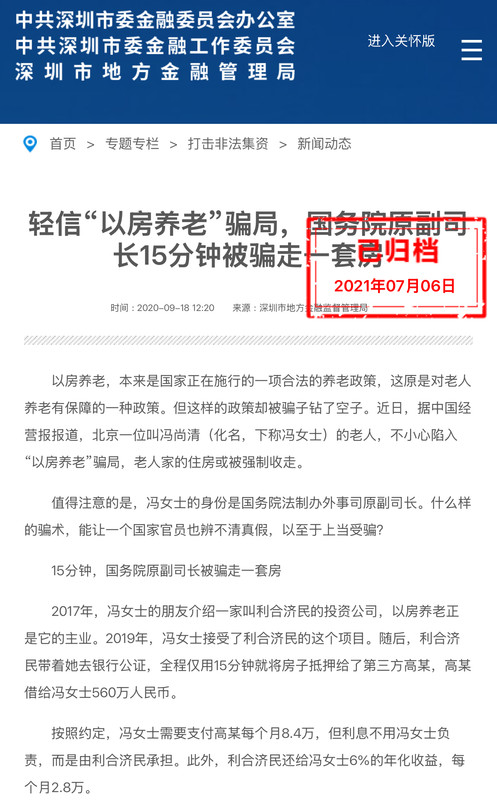就是 reverse mortgage
Reverse Mortgages
A reverse mortgage is a type of loan that enables homeowners to borrow against the equity they have in their homes. What makes it distinct from other types of loans, like home equity loans, is that the homeowner doesn’t have to make any payments during their lifetime. The loan is repaid in full only when the homeowner passes away, sells their home, or moves.
Reverse mortgages accumulate interest just like traditional loans. When it’s time to repay the loan, both the principal amount borrowed and all accumulated interest must be paid back.
Reverse mortgages can be a way for older homeowners to get cash in their retirement years without selling their homes. Homeowners can receive their loan as a lump sum, in monthly installment payments, or as a line of credit.
How are Reverse Mortgages Paid Back?
Borrowers do not need to make any payments on a reverse mortgage until one of these conditions is met:
You pass away (if the home is still inhabited by your surviving spouse, the loan will not need to be repaid until your spouse also passes away)
You sell the home
You move out for 12 months or longer
You fail to pay for property taxes or home insurance
You fail to keep the home in good condition
Once any one of these conditions is met, the loan must be paid back with all accumulated interest within one to six months, depending on what state you reside in.
In many cases, surviving family members choose to sell the home to repay a reverse mortgage. Reverse mortgages are required to be structured so that your estate cannot be forced to pay back more than the market value of the home at the time it is sold. So, if the market declines and the value of your home falls, your estate won’t be on the hook to repay the lost value.
Reverse mortgages can also be repaid without selling the home. Surviving family members can refinance the home or repay the loan on their own.






